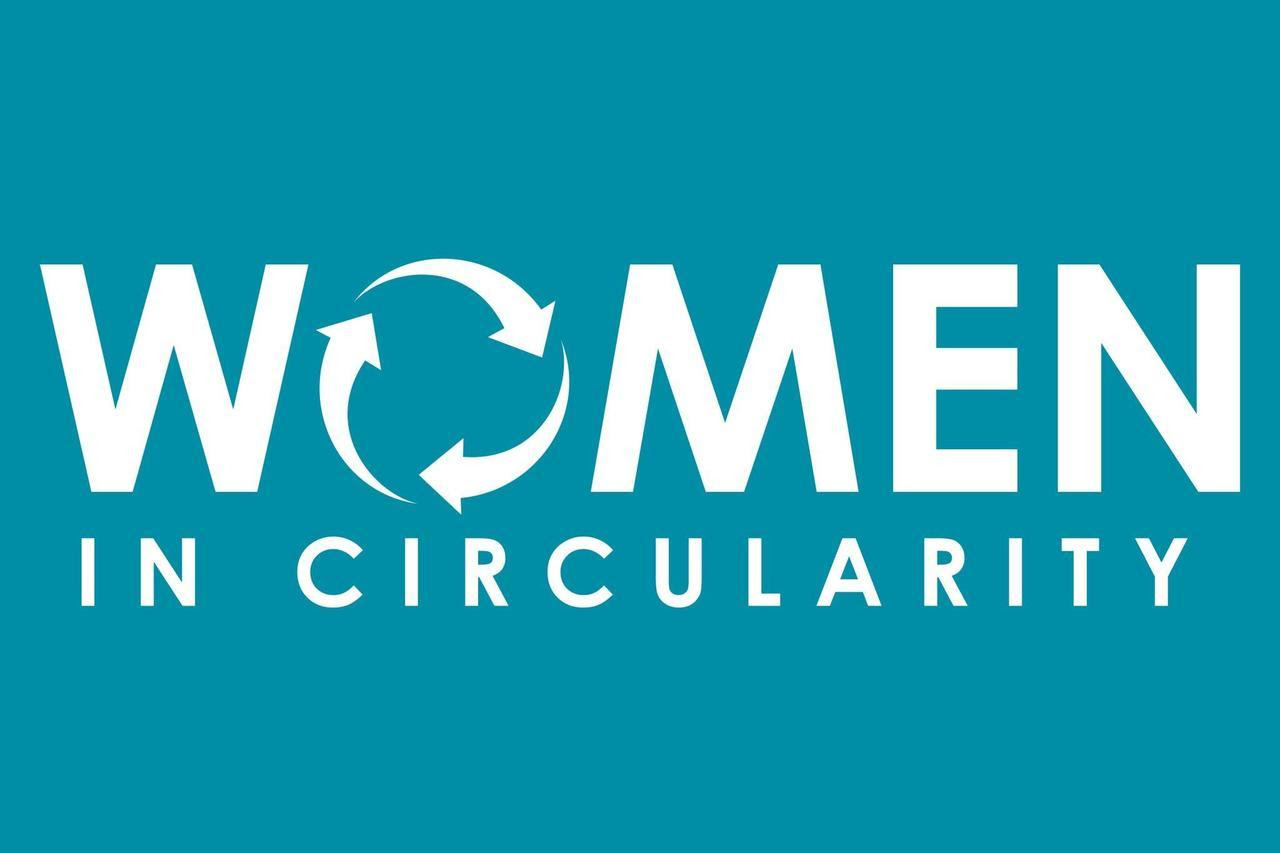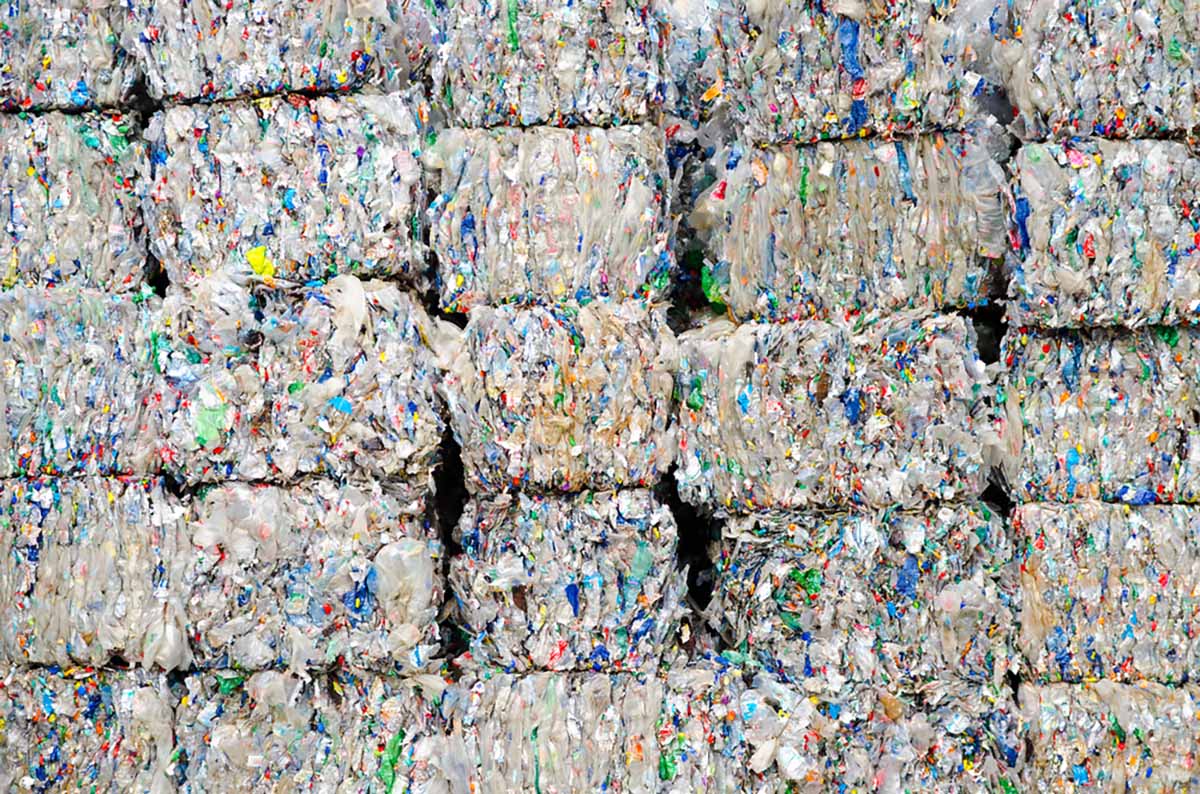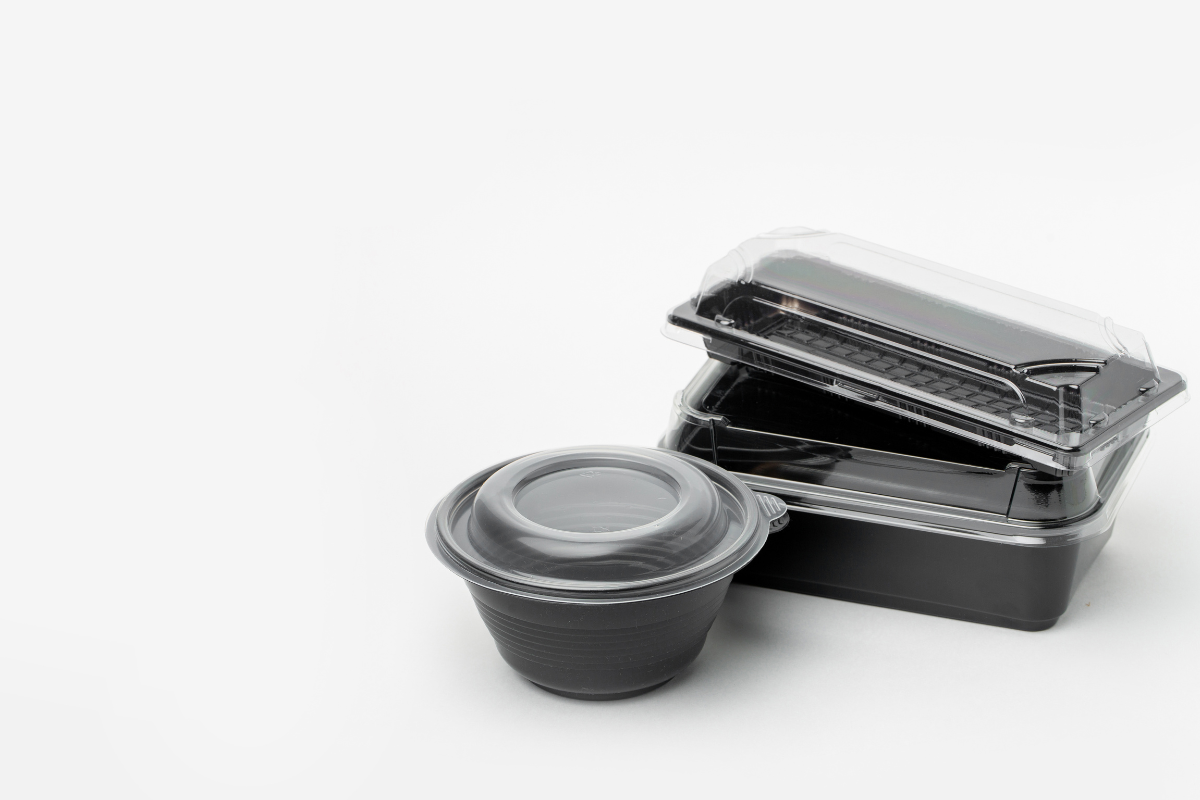 Editor’s note: Women in Circularity is a long-running series in Resource Recycling News, sister publication to Plastics Recycling Update. Series author MaryEllen Etienne will host a Women in Circularity session during the 2025 Plastics Recycling Conference next week, and in the run-up to the conference, we’re introducing the series to Plastics Recycling Update readers as well. Beth Forsberg, featured in this month’s installment, will join MaryEllen during the conference session.
Editor’s note: Women in Circularity is a long-running series in Resource Recycling News, sister publication to Plastics Recycling Update. Series author MaryEllen Etienne will host a Women in Circularity session during the 2025 Plastics Recycling Conference next week, and in the run-up to the conference, we’re introducing the series to Plastics Recycling Update readers as well. Beth Forsberg, featured in this month’s installment, will join MaryEllen during the conference session.
A warm welcome back to “Women in Circularity,” where we shine a light on women moving us toward a circular economy. This month, I was pleased to connect with a leader in textile reuse and recycling operations: Beth Forsberg. Beth is the senior vice president and chief sustainability officer at Goodwill of Central and Northern Arizona, with oversight of sustainability operations in the nonprofit’s San Francisco and Monocacy Valley, Maryland, regions. Goodwill is dedicated to ending poverty through workforce development and is supported by a network of popular thrift shops. Beth has 30 years of experience in the nonprofit thrift sector where oversight has included donated goods revenue, collections, retail, e-commerce, recycling and salvage. Continue Reading



 Editor’s note: Women in Circularity is a long-running series in Resource Recycling News, sister publication to Plastics Recycling Update. Series author MaryEllen Etienne will host a Women in Circularity session during the
Editor’s note: Women in Circularity is a long-running series in Resource Recycling News, sister publication to Plastics Recycling Update. Series author MaryEllen Etienne will host a Women in Circularity session during the 




